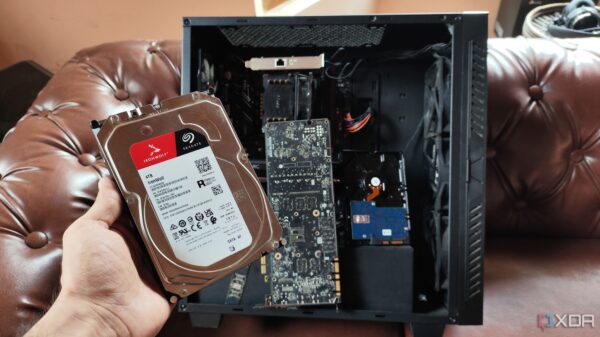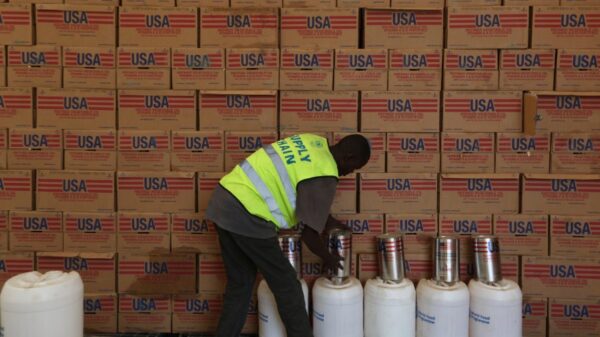President Donald Trump has announced a significant policy shift affecting the trucking industry. Starting on November 1, 2025, all medium and heavy-duty trucks imported into the United States will be subject to a 25% tariff. This decision aims to bolster U.S. manufacturers against foreign competition, reflecting an ongoing commitment to prioritizing domestic industry.
The announcement was made via a post on Truth Social, where Trump stated, “Beginning November 1st, 2025, all Medium and Heavy Duty Trucks coming into the United States from other Countries will be Tariffed at the Rate of 25%. Thank you for your attention to this matter!” The new tariffs will apply to a variety of vehicles, including delivery trucks, transit and school buses, as well as semi-trucks and tractor-trailer trucks.
This latest move is a continuation of Trump’s efforts to protect American businesses. In a previous statement last month, he indicated that new duties on heavy truck imports would begin on October 1, 2025, citing national security concerns as a basis for the tariffs. Trump argues that these tariffs are necessary to shield U.S. companies from “unfair outside competition.”
Implications for U.S. and Global Trade
Trade dynamics are expected to shift significantly as a result of these tariffs. Notably, the U.S. Chamber of Commerce has voiced strong opposition to the tariffs, emphasizing that the top five sources of truck imports—Mexico, Canada, Japan, Germany, and Finland—are allies of the United States and pose no threat to national security.
Among these nations, Mexico stands out as the largest exporter of medium and heavy-duty trucks to the U.S. In 2024, the United States imported approximately $128 billion in heavy vehicle parts from Mexico, which accounted for about 28% of U.S. imports in this sector. The potential impact of these tariffs could be significant for companies that rely on Mexican manufacturing, such as Stellantis, which produces heavy-duty Ram trucks and commercial vans in Mexico. The company has expressed concerns regarding the imposition of steep tariffs on its Mexican-produced vehicles.
Mexican officials have countered the Trump administration’s stance, noting that trucks imported from Mexico typically contain around 50% American-made components. This raises questions about the effectiveness of tariffs designed to protect U.S. manufacturing while potentially hindering cross-border trade that already supports American jobs.
Trade Agreements and Future Considerations
The tariffs on heavy-duty trucks come amid existing trade agreements that have already imposed tariffs on light-duty vehicles from foreign manufacturers. For instance, recent trade deals between Japan and the European Union include a 15% tariff on light-duty vehicles, although it remains unclear if similar rates will be applied to larger vehicles under the new policy.
The implications of Trump’s tariffs extend beyond immediate economic effects. They may spark tensions with trade partners and complicate ongoing negotiations. The balance between protecting domestic industries and fostering beneficial international trade relationships remains a complex issue as these new tariffs take effect.
In summary, as the trucking industry braces for the impact of these changes, stakeholders will be closely monitoring the resulting shifts in trade dynamics, production costs, and consumer prices. The upcoming months will be crucial in determining how these tariffs will shape the future landscape of the U.S. trucking sector and its international relationships.



































































